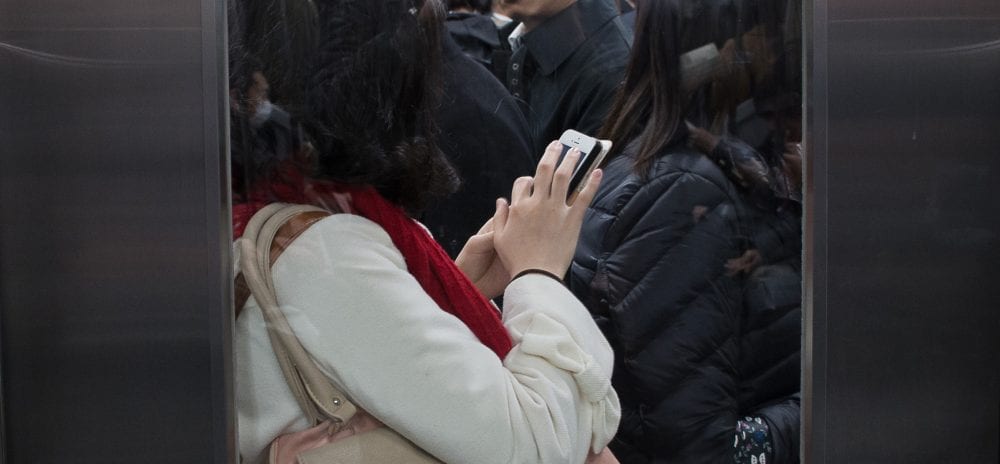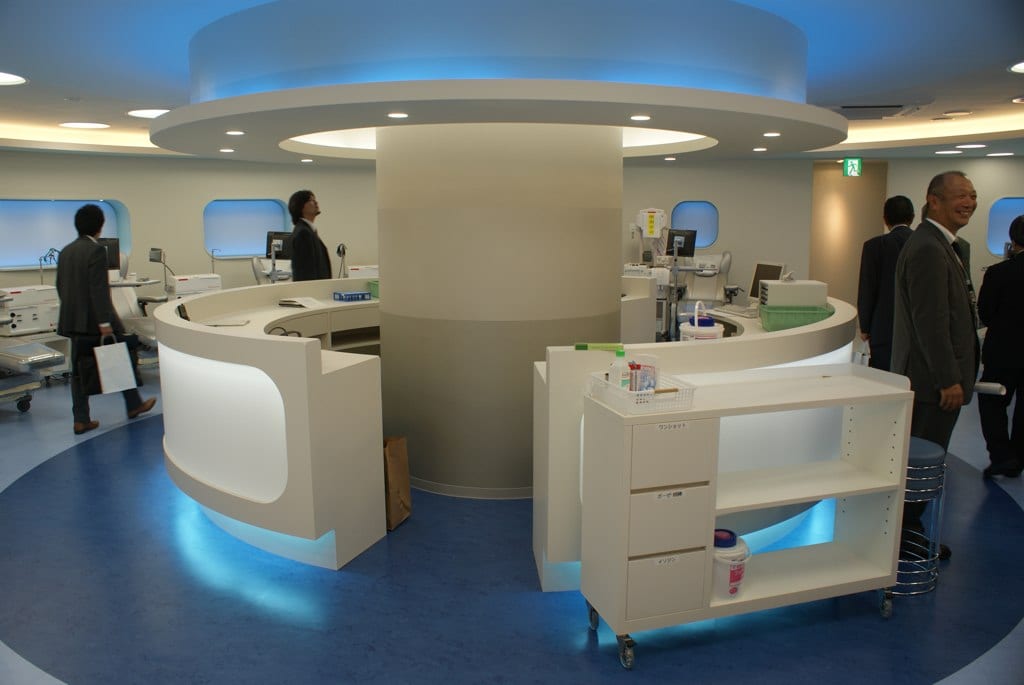
Subway CX kills chivalry in NYC
Liliana Petrova finds that the New York City subway’s customer experience makes customer behaviour worse
Brands with values inspire customers who interact with them. Nike encourages us to be brave and embrace our differences. The Bill & Melinda Gates Foundation urges us to be kind and care for others. Brands like this use the CX Pyramid to promote their values and deliver the reliable experiences customers want.

On the flip side, brands also have the power to make customers feel ignored, and even angry. The CX Pyramid crumbles and customer-to-customer behavior, in addition to individual experiences, suffer. Case in point, the New York MTA System.
In the past year, New York City MTA riders have felt used, at best. It’s a trend that has characterized the last decade of the MTA’s brand story, and it has come to a head in recent months. The MTA Customers Count Survey tries to fix that perception. Unfortunately a VOC program (customer feedback) is only the beginning of the solution to problems that continue to grow.
Riders today pay almost two times more for the same ride they took 20 years ago. The perception, based on rider experience, is that they are getting worse service and less value for more money. In this environment, where does customer experience management come into play?
Experience management and expectation management
Customer experience management is as much expectation management as it is experience management. With that in mind, take a look at how the MTA delivers (or doesn’t deliver) on customer experience management.
For riders, it feels like lack of access to reliable transportation, at a high cost, is becoming the norm. F Train stations in Queens and Brooklyn skip the same stations on weekends for more than ten years because of “renovations.” People who live in neighborhoods where the F Train is the only choice, feel under-served. This summer, half of Astoria (a trendy Queens neighborhood) was shut down for renovations. Local stops along Manhattan’s Central Park West, still under construction, were closed for the summer. Service interruptions and service suspensions are common all across the subway system.
When the CX Pyramid breaks down
The CX Pyramid represents the layers of delivery a brand aspires to fulfill. Those three layers include meeting needs, providing an easy experience, and making the experience enjoyable. MTA service suspensions do not meet the needs of a significant segment of riders. Crowded, unreliable trains during peak hours do not make it easy to get to work on time.

The MTA made some attempts to meet customer needs by installing rider information signs that display when the next train is arriving and how long customers need to wait. Unfortunately, when riders wait for crowded trains in the morning, their anxiety about missing the train and the length of the wait time, eliminates the perceived benefits of those expensive new signs.
Bad customer experience has a ripple effect
How does this bad customer experience influence the behavior of New York subway riders? Riders feel like they are not appreciated, like their time and needs are not respected by a brand they have no choice but to interact with on a daily basis. It’s human nature for those feelings to affect behaviors. This summer and fall, I have experienced the breakdown of common decency among riders firsthand.
The MTA has created a culture in which the experience of the rider no longer matters. Riding the MTA has been the most disappointing experience of my pregnancy. A true New Yorker, I have been on the subway for more than 15 years. The lack of regard for me and the lack of civility towards me and my baby broke my heart. And it surprised me. It didn’t used to be like this. Riders across the system from all age groups and cultural backgrounds refused to make space for us.
Better experiences starts at the brand level
So whose fault is it that chivalry is dead across New York’s public transportation system? If we take a moment to observe how the MTA treats riders, we quickly see the brand and its level of service set the tone. Thanks to unreliable service and unpredictable (though frequent) service disruptions, the customer journey during rush hour is anxiety-ridden and frustrating. If it rains or snows, all bets are off. Commuting is a nightmare.
Last, but definitely not least, if there is any misconduct on the train (like a woman shoving me while I was 7 months pregnant and carrying a suitcase) there is no one around to hear a complaint, or to help. The MTA does not stand for customer service in general. This is compounded when things go wrong and riders can’t get help.
Better customer experience improves customer-to-customer behaviour
How can we bring civility back and improve consideration and politeness among riders? Is it/should it be the MTA’s responsibility to make civility a priority?
Since the MTA is a brand that serves the public, caring for each other should be part of the brand’s underlying values and mission. Safety, caring and service need to drive a campaign to rebrand the MTA.

The Customers Count Survey is a start, but it feels operational. When the operation is as complex and entrenched as the MTA, it is impossible to promise consistent punctual service and to deliver on that promise. A smart, strong brand can improve service, while developing a brand identity with civil characteristics that inspires riders to be there for each other and be kind to those in need.
Instead of a massive communications campaign to extol the MTA’s crowning achievement of opening the 2nd Avenue Line after decades of construction delays and red tape, the MTA should use ad space on trains to remind riders of the meaning of the word CARE. At the brand level, they need to educate riders about the small, but deep expressions of caring they can show each other. Reminders to get up for a pregnant woman, to make space for others by taking off a backpack, or to use headphones, can improve the culture of the MTA and improve rider experience in real ways.
The MTA carries 1.7 billion people per year. With such a place in the world, it is time for the brand to take a social stand to protect those in need. As a seasoned New Yorker, I should not be afraid to ride the train because of my pregnancy. Unfortunately, this is how I feel today. I am not alone in feeling abandoned, ignored, underappreciated and overcharged.
This post first appeared on Doing CX Right





